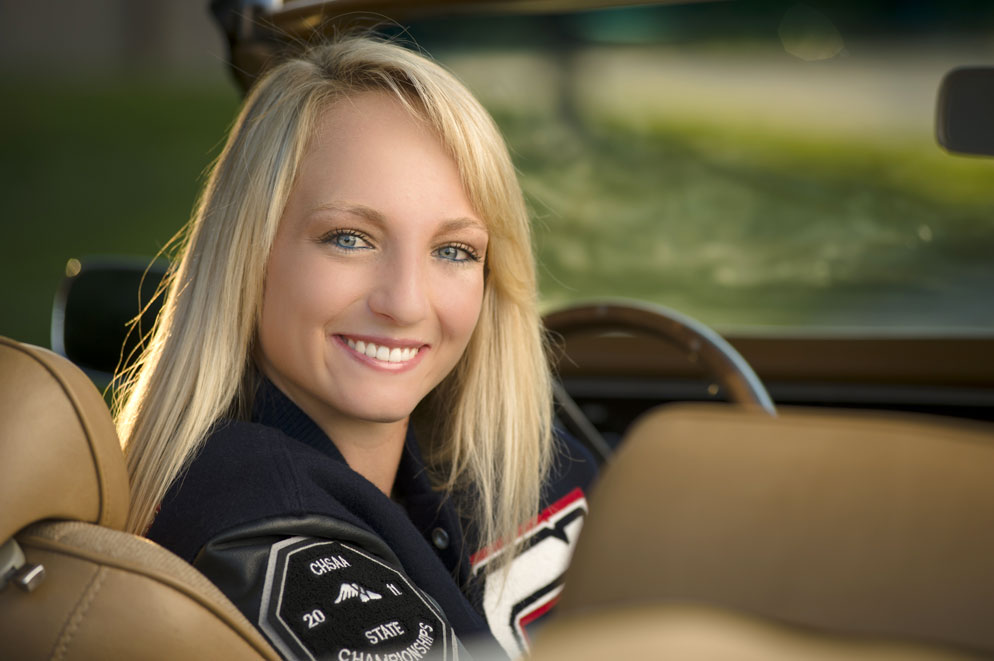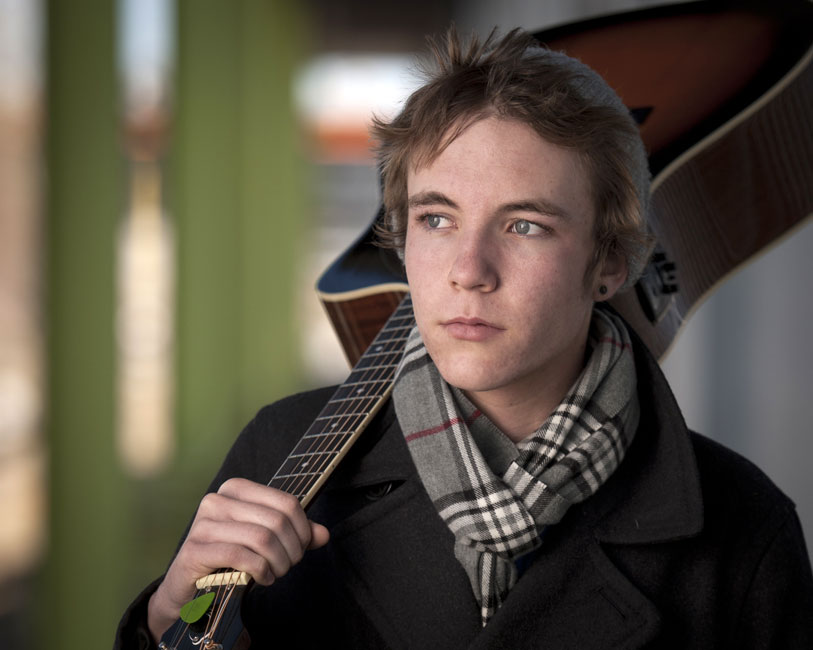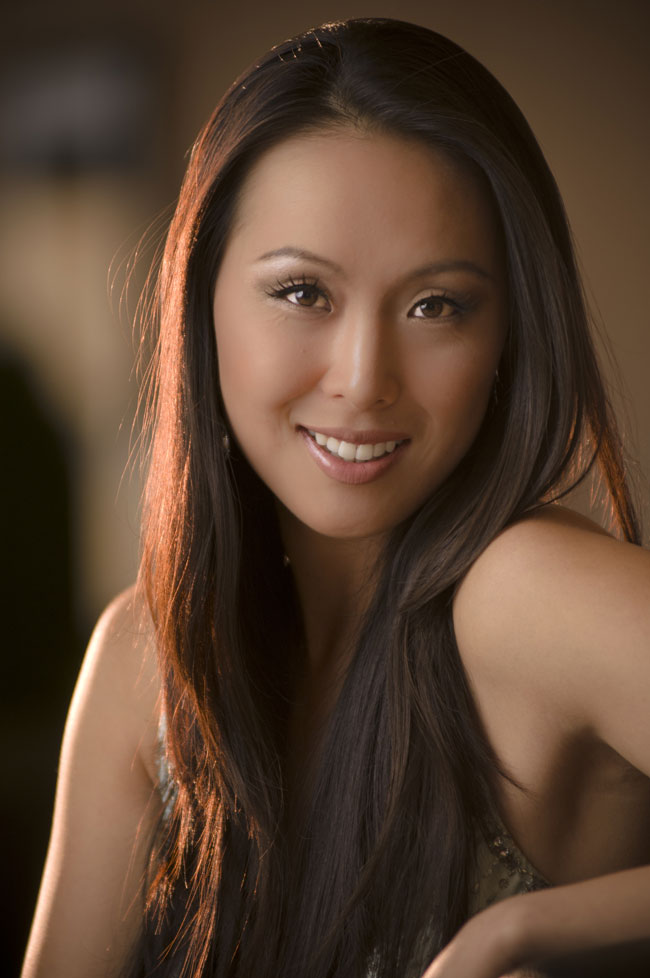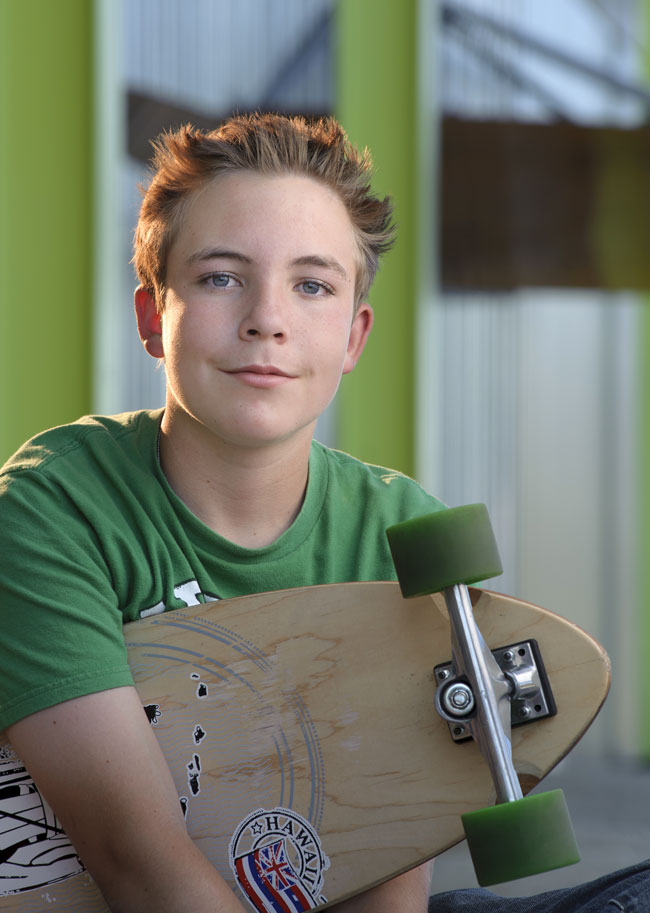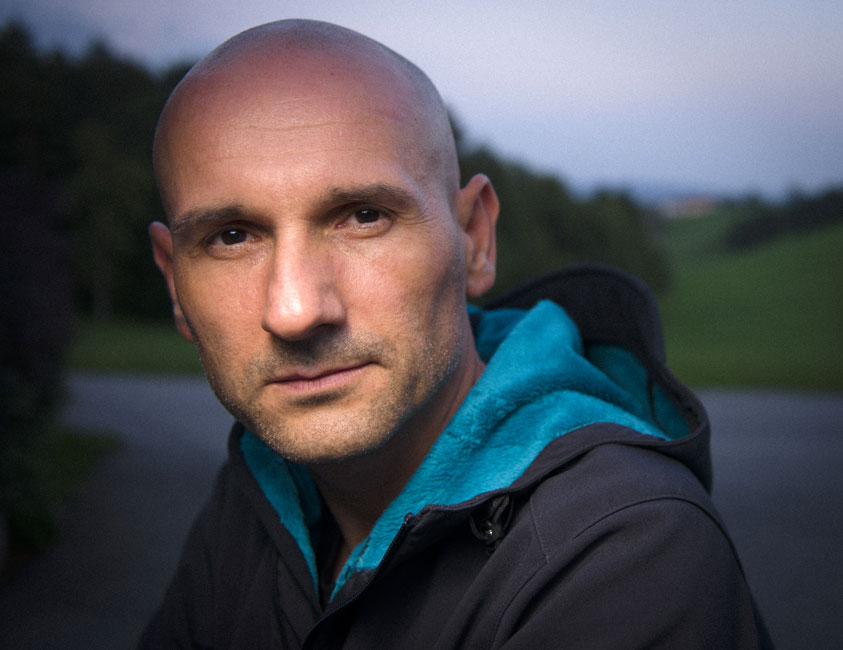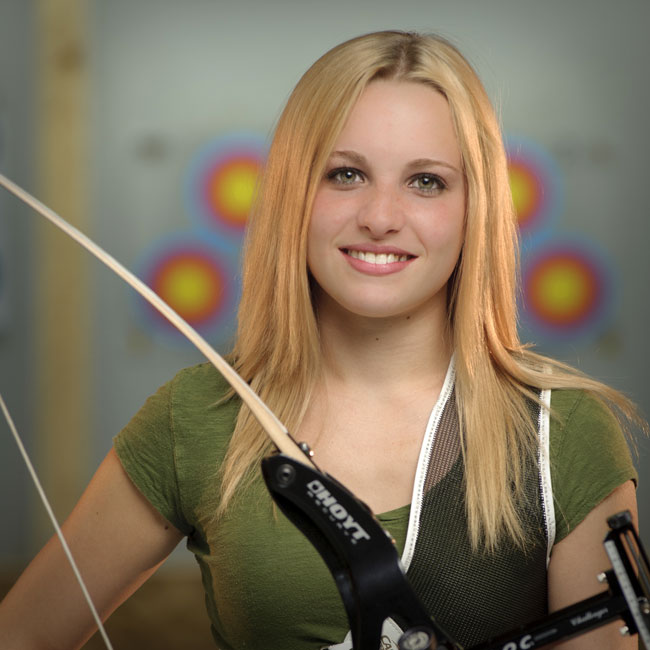Flash Photography the Easy Way
David X. Tejada teaches a workshop titled Small Strobes, Big Results at the Santa Fe Photographic Workshops. When we spoke to him about his approach to creative flash techniques with Nikon Speedlights, he was more than happy to fire off some easy-does-it tips for flash photos.
I use flash to influence the scene, to improve the photograph, to guide the eyes of viewers to areas of the photo I want them to look at.
-
Establish the camera comfort zone. "The first thing I tell workshop students is to understand the relationship of the three basic camera settings—ISO, shutter speed and aperture—and know how they work together to achieve an exposure. Being totally comfortable with the basics is the first step in flash photography."
-
Don't think about flash. "I know I'm going to make a flash picture because I want or need flash for mood, for detail, to direct a viewer's attention or to separate my subject from the background, but I start by not thinking about flash. The first thing I do is set the [tripod-mounted] camera to capture an ambient-light exposure. I decide on the setting for my photograph, paying particular attention to the background. I select the lens I want to use. Then I choose the aperture according to the depth-of-field I want—let's say f/2.8 for a soft, out-of-focus, non-distracting background. With those key components locked in—background, lens, f/stop—I move the shutter speed until I get what the camera's meter says is the correct exposure. I take a shot and evaluate it. And based on the look of the photo that I want, I'll adjust the shutter speed if I need to increase or decrease the amount of ambient light being captured."
-
Bring out the Speedlight(s). "Then I bring my Speedlights into play. I control them by position—simply, where I place them in relation to the subject—and by adjusting their power level to set their output. To do that I use either an SU-800 commander unit on the camera, or I'll have a Speedlight on the camera and let that be the commander. Very often I'll be using one or more light modifiers—an umbrella, a softbox, a grid, a snoot, barndoors—to diffuse or direct the light so I have control over how the light will affect the scene and the subject. I'll take a test shot and evaluate the results. I might have to adjust the power output of the flash units, or I might have to move them. Neither is a problem as everything is operating in wireless remote mode. It's really just moving a light stand or holding the flash in a different position, or controlling the power output of the Speedlights separately, and remotely, from the camera position."
-
Practice the techniques. "I use flash to influence the scene, to improve the photograph, to guide the eyes of viewers to areas of the photo I want them to look at. The best way to do all of that, easily and with confidence, is to work with these ideas and practice these techniques. I've been at this over 30 years, and I still practice, and I always experiment with my lights and my light modifiers. I have a studio I work in, but I really don't call it my studio; I call it my lab."

